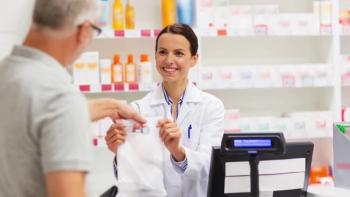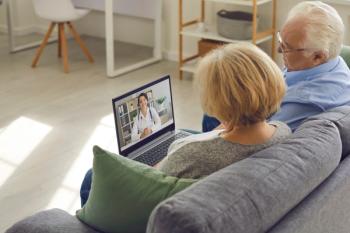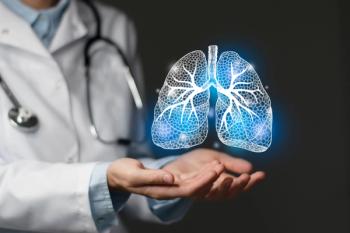
- Drug Topics December 2019
- Volume 163
- Issue 12
Technologies Moving Pharmacy Forward
Technology has long pushed the limits of the possible in pharmacy.
Technology has long pushed the limits of the possible in pharmacy. From the days of the best available lenses to help identify the seeds, flowers, and leaves that once provided the basic ingredients for most pharmaceuticals, to the latest in wearable electronics, technology has been a key driver in the effort to improve patient outcomes. All are changing the ways patients, pharmacists, and other providers work together to improve health
The Uber Model in Pharmacy
Instead of looking at pharmacy as physical stores or centralized call centers, Aspen RxHealth sees pharmacists as a community of providers serving patients who need their specialized knowledge and skills.
“Aspen’s software connects community pharmacists with clinical practice services, health plans, or patients who havesignedupfortheservice,”explains Carmen Catizone, MS, RPh, DP, executive director of the National Association of Boards of Pharmacy.
Humana is using Aspen to provide services for Medicare Advantage patients in the Tampa, FL area with plans to expand the program later in 2019. Aspen’s panel of community pharmacists will provide medication therapy management, patient education, and answer general questions about drug therapy.
Wearables
Wearable pharmacy technology is a reality and it’s not just limited to consumer-oriented products like the FitBit or Apple Watch. For example, Amgen’s Neulasta (pegfilgrastin) is available in a wearable autoinjector for patients receiving chemotherapy.
The adhesive on-body injector is usually placed on the arm or abdomen immediately after the final chemotherapy infusion. The automated injector lets the patient rest at home instead of traveling back to a provider for one more injection and ensures that patients actually get the colony-stimulating factor to stimulate neutrophil production and reduce the risk of infection following chemotherapy.
Custom Packaging Boosts Profits
The same repackaging machines that spit out strips of single tablets can be adapted to package multiple tablets to be taken at the same time in a single bubble.
For patients, packaging multiple medications together is added convenience; for pharmacies, it’s added profit.
“Why stop at packaging Rx meds that can be taken together?” asks Cliff Holt, PharmD, president of Hurricane Family Pharmacy in Gunnison and Hurricane, UT. “You can make things even more convenient for your patients by adding their regular OTCs and supplements to the same bubble as their prescription meds.
Continuous Glucose Monitoring
Regular fingerpricks, test strips, and glucometers to measure blood glucose levels are moving into history. Continuous glucose monitors (CGMs) let patients track glucose levels 24/7, upload data to their cell phones, and automatically send it to providers.
Direct involvement in outcomes makes a clear case for service-based reimbursement above and beyond device and medication reimbursement.
Pharmacist eCare Plan
The Pharmacist eCare Plan (PeCP) is an interoperable standard that allows for a common method to exchange information related to patient care delivery.
“PeCP lets pharmacists document clinical services and patient activities that they have been doing for years,” says Lisa Schwartz, PharmD, senior director for professional affairs at NCPA. PeCP marks the first time pharmacy care data can be exchanged directly with other providers using an HL7 (Health Level Seven International Electronic Health Record) transaction.
“This communication standard lets pharmacists move beyond our siloed care team into the broader medical world,” Schwartz says.
Articles in this issue
almost 6 years ago
Top Pharmacy Stories of 2019almost 6 years ago
What Pharmacists Need to Know About COPD and Transitions of Carealmost 6 years ago
Encouraging Healthy Habits in Patients with Osteoarthritisalmost 6 years ago
State Laws and Vaccination Servicesalmost 6 years ago
Salaries and Stress Stagnate: 2019 Pharmacy Salary Survey Resultsalmost 6 years ago
Opioids: The Pharmacist’s RoleNewsletter
Pharmacy practice is always changing. Stay ahead of the curve with the Drug Topics newsletter and get the latest drug information, industry trends, and patient care tips.





















































































































































